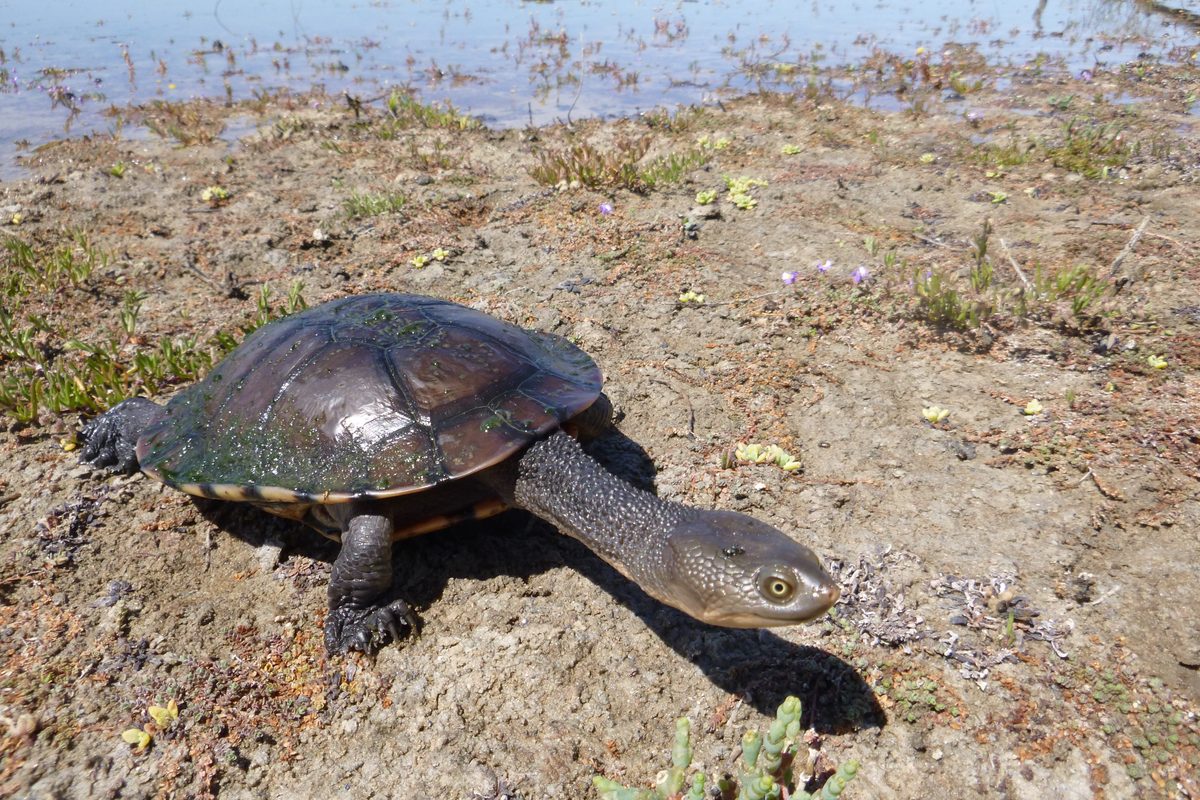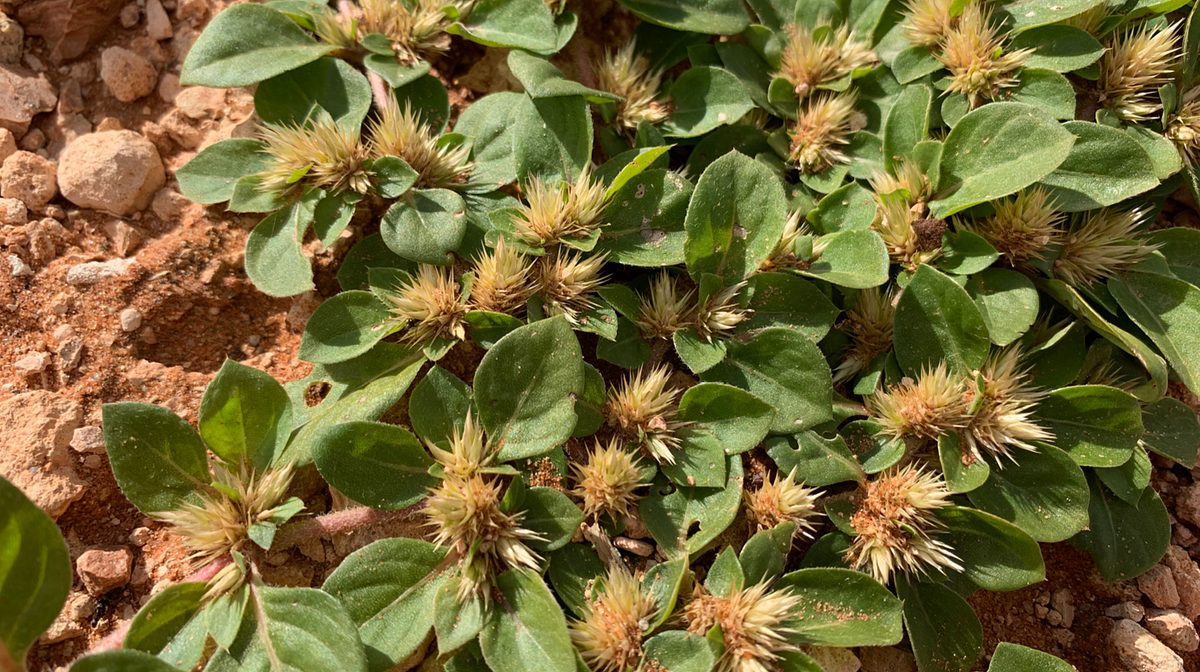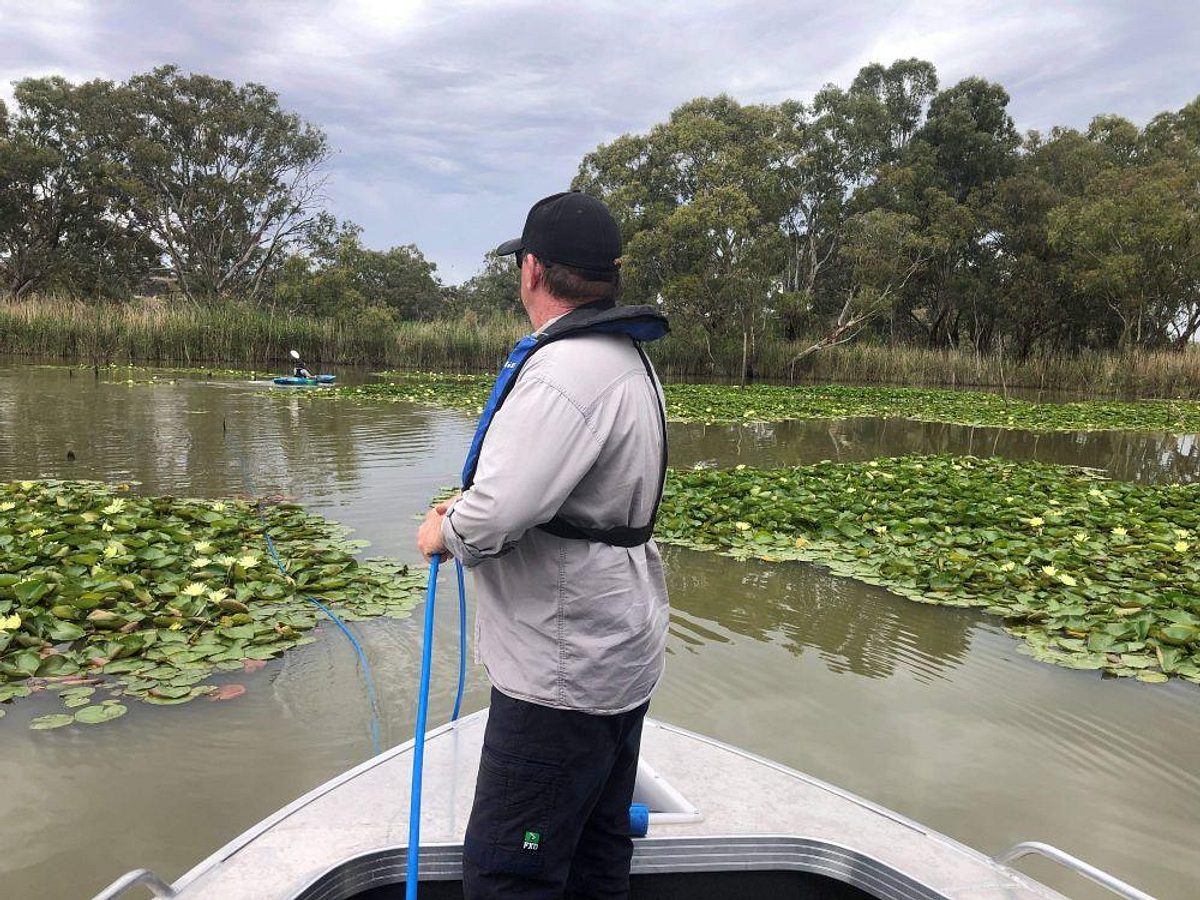Help put turtles back on the map this Turtle Month
November marks the start of Turtle Month, when freshwater turtle activity and nesting peaks, and the TURTLE (Together Understanding and Recovering turtles in our Landscapes and Ecosystems) Project, led by Murraylands and Riverland Landscape Board, is urging the community to report any turtle sightings to support conservation efforts.

Freshwater turtles can be seen across many parts of South Australia, from farm dams, park lakes, and creeks to floodplain wetlands and the River Murray. Despite their long lives and tough exteriors, these ancient reptiles are facing a decline.
Murraylands and Riverland Landscape Board Senior Project Officer, Citizen Science and Community Engagement, Sylvia Clarke said that the number of turtles observed in the River Murray has declined significantly in recent years, and for other waterways their numbers are unknown.
In South Australia, 2 of our freshwater turtle species are listed as vulnerable.
The third species, the eastern long neck turtle, has recently been determined to be ineligible for national EPBC Act listing because of insufficient data to quantify the level of decline and the impact of threats, so further information gathering has been advised.
Freshwater turtles play a vital role in maintaining healthy waterways by contributing to nutrient cycling and helping regulate water quality through scavenging carrion.
“Turtles are an important part of our waterways, but predation, road fatalities, habitat loss and changing water regimes have all taken a toll,” said Sylvia.
Community involvement essential
The TURTLE Project is encouraging the community to report turtle sightings on the TurtleSAT app or website throughout Turtle Month. Each report helps scientists track where turtles are living, nesting, moving, and experiencing threats, providing valuable data to guide conservation work.
“By reporting a turtle sighting, members of the community can make a real difference in helping us understand where these animals are and where conservation action is most needed,” said Sylvia.
“We are also asking vehicle drivers to keep an eye out for turtles crossing roads, particularly after rain, as the females are searching for a place to nest,”.
“Every turtle sighting adds a piece to the puzzle,” she added. “Even if you only see one crossing the road, basking on a log, or come across a dug-up turtle nest, that information helps us better target conservation actions.”
For more information on the TURTLE Project, turtle monitoring and to access the TurtleSAT app, visit flow.landscape.sa.gov.au/turtle-project
This project is supported by the Murraylands and Riverland Landscape Board and a range of partners with funding from the South Australian Government’s Landscape Priorities Fund.


